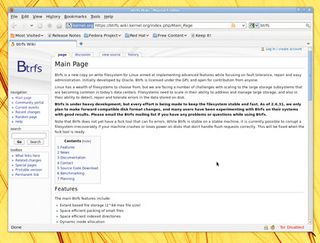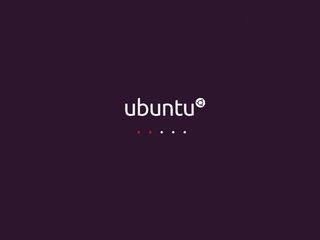Ubuntu vs Fedora: which is best?
How the next generation of desktop Linux distros compare
Libraries might not be the most exciting pieces of software on your computer, but they can make the other software that you do care about go faster or add more features.
Fedora 14 will be the first distro to incorporate a new JPEG library – libjpeg-turbo. A fork from the original library, it originally came about through the desire to get faster rendering for VNC software. Mainly it does this by using processor enhancements not found in the original library, which promises to deliver a real speed boost.
You don't need to wait for Fedora 14 though: you can grab the source and packages for various distros here: http://sourceforge.net/projects/libjpeg-turbo/files.
Slightly less sexy than libraries for most folks are filesystems. But a filesystem is a key component of the performance of your desktop as a whole – practically every application known to man makes use of the hard drive (yes, even web browsers – where do you think the cache goes?), so a good filesystem is something to be excited about.

The biggest arrival on the scene since ext4 came out is Btrfs. Apart from sparking lively debate about how to say it out loud ("butter-ef-es", "better-ef-es", "be-tree-ef-es"?), it is also being hailed as the next step towards Nirvana for your drives, earning the ringing endorsement of several prominent filesystem developers.
Stable and scalable
Not everything is about speed. Btrfs is a database-like filesystem that boasts some performance enhancers, but it's more about creating reliable, fault-tolerant storage that scales – datacentres for example. There is a lot of development work going on at the moment, but Btrfs has already made its debut as a highlight in OpenSUSE 11.3, and is available in the current version of Fedora.
Get daily insight, inspiration and deals in your inbox
Sign up for breaking news, reviews, opinion, top tech deals, and more.
It was scheduled for Ubuntu's Meerkat release, but has since been put off until 11.04. Although the system is now considered stable, there are few tools available to deal with the filesystem, so it isn't considered production ready by many. You can find the latest updates and more info on the Btrfs wiki at the kernel website (https://btrfs.wiki.kernel.org/index.php/Main_Page).
Loosely connected to the subject of filesystems is the system's bootloader. Ubuntu has been using the almost completely rewritten Grub 2 since 9.10. Amongst other things, this has helped shave a few vital seconds off the boot time, because if Ubuntu is the only OS installed, no menu gets loaded. Also, some of the early stages of the Grub boot process have been eliminated entirely.

Minor changes to Grub include the sensible renumbering of drives and partitions (which now start at 1 instead of 0) and auto-generation of the boot menu – it simply scans the available kernels in the /boot partition.
Fedora still uses the legacy Grub as the default bootloader, missing out on the nice splash screens and such. The packages for Grub 2 do exist, but as the legacy Grub version for Fedora was heavily tweaked, your mileage may vary.
Current page: Ubuntu vs Fedora: System matters
Prev Page Upstart vs SystemD Next Page Ubuntu vs Fedora: The desktop












